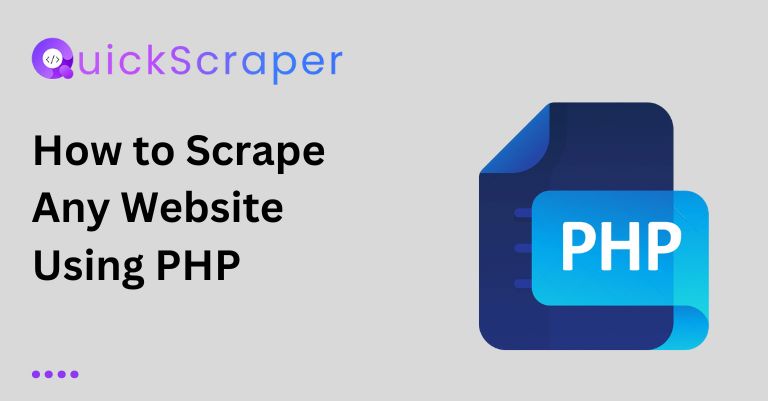
How to Scrape Any Website Using PHP
How to Scrape Any Website Using PHP Do you hate manually copying and pasting data from websites? With web scraping, you can automate the

With over 3.6 billion users worldwide, social media has become a rich resource of public opinion and user behavior data. Harnessing this information can help businesses understand their audiences better, track competitor activities, and make data-driven decisions. One way to gather this information effectively is through data scraping.
Data scraping, also known as web scraping, is an automated process that extracts large volumes of data from websites, in this case, social media platforms. This blog post explores how you can scrape user data from three major social media platforms: Facebook, Twitter, and Instagram, and why it’s beneficial to do so.
Before delving into the specifics of each platform, it’s essential to understand what social media scraping is. Simply put, it refers to the process of automatically extracting publicly available data from social media sites. This includes likes, shares, comments, posts, follower count, and more. The information gathered can then be used to generate insights into user behavior, market trends, and other valuable business intelligence.
To scrape data from social media sites, a special tool known as a social media scraper is employed. These tools are designed to handle the complexity of navigating social media website structures, extracting the necessary data, and storing it in an organized, manageable format such as CSV, JSON, or Excel for further analysis.
Facebook, with its enormous user base of 2.8 billion active users, is a treasure trove of data. A comprehensive analysis of this data can reveal intricate details about user behavior, preferences, and reactions to specific content, providing businesses with insights that drive their strategies and decision-making processes.
To efficiently extract data from Facebook, a Facebook scraper is necessary. Here’s a step-by-step guide on how to use one:
With over 330 million active users, Twitter is another platform ripe for data scraping. The information gleaned from Twitter can offer real-time insights into public opinion, market trends, and a host of other useful data.
Here’s how you can go about scraping user data from Twitter:
Instagram, with its visual-centric approach, provides a unique opportunity to extract valuable insights from its vast user base of more than 1 billion monthly active users. From influencer marketing to trend analysis, Instagram data can offer valuable information for businesses and marketers.
To scrape user data from Instagram, follow these steps:
Social media scraping provides numerous benefits, including:
While social media scraping is a powerful tool, it is essential to consider ethical and legal aspects. Always respect user privacy, adhere to the terms of service of each platform, and ensure compliance with data protection regulations in your region.
In the era of big data, social media platforms serve as gold mines of valuable information. With the help of social media scrapers like QuickScraper, businesses, marketers, and researchers can efficiently extract user data from platforms such as Facebook, Twitter, and Instagram. This data can provide invaluable insights into user behavior, market trends, and other key business intelligence, enabling informed decision-making and driving successful strategies. However, it is crucial to handle data scraping ethically and responsibly, respecting user privacy and adhering to platform policies and legal regulations. By harnessing the power of social media scraping, businesses can unlock the full potential of their social media strategies and gain a competitive edge in the digital landscape.

How to Scrape Any Website Using PHP Do you hate manually copying and pasting data from websites? With web scraping, you can automate the
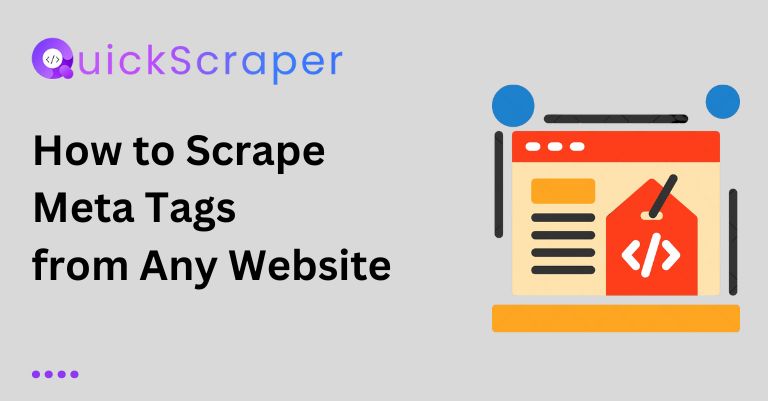
How to Scrape Meta Tags from Any Website Meta tags are snippets of text that describe a website’s content, and search engines use them to
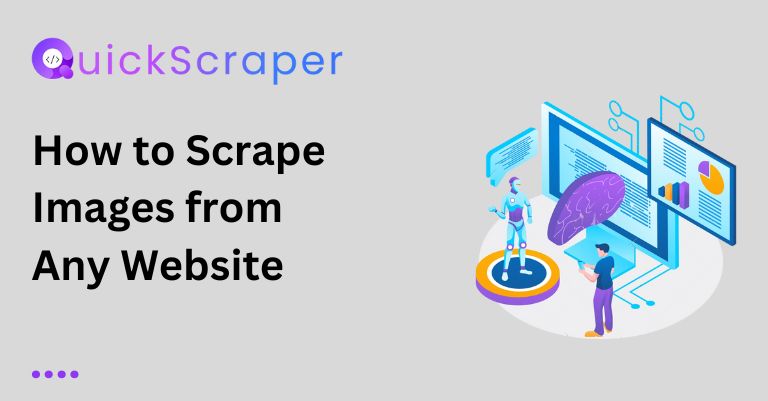
How to Scrape Images from Any Website Scraping images from websites can be a useful technique for various purposes, such as creating image datasets, backing
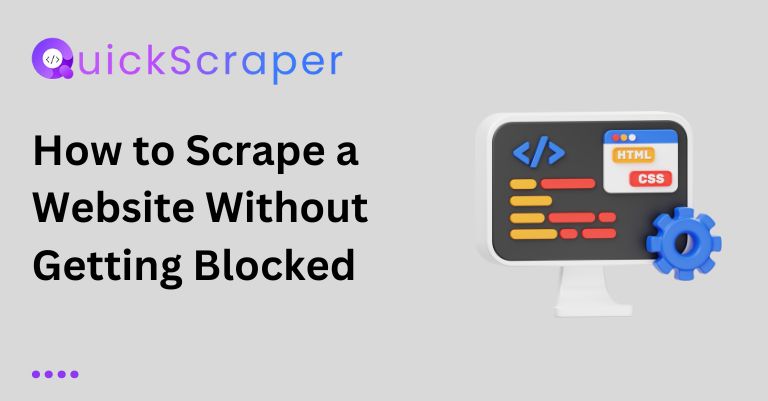
How to Scrape a Website Without Getting Blocked: A Developer’s Guide Web scraping, as a powerful tool, is beneficial for developers, giving them the power
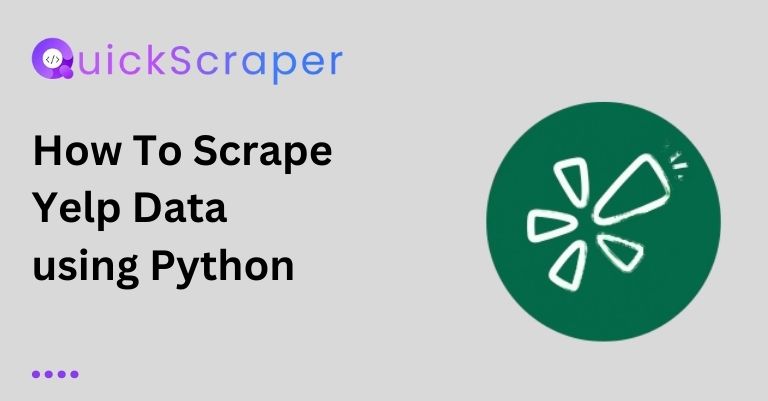
How To Scrape Yelp Data using Python Web scraping is the process of extracting data from websites automatically. In this blog post, we’ll learn
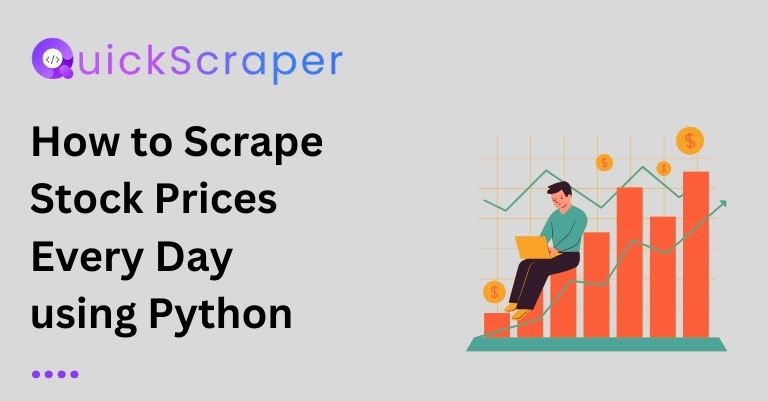
How to Scrape Stock Prices Every Day using Python In this blog post, we will learn how to scrape stock prices from a financial website
By clicking “Accept”, you agree Quickscraper can store cookies on your device and disclose information in accordance with our Cookie Policy. For more information, Contact us.